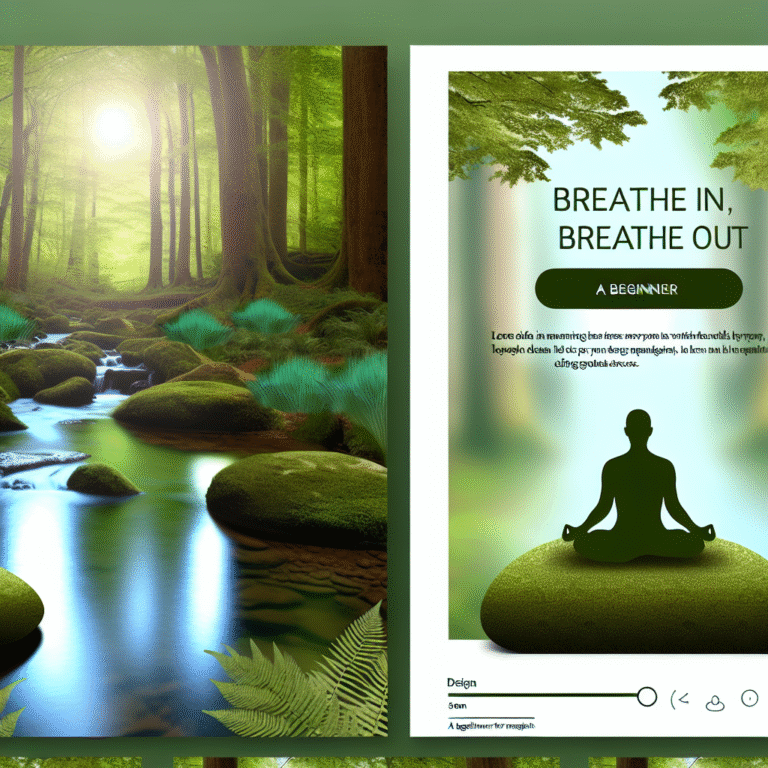
Sweet Dreams: Transform Your Sleep with These Essential Hygiene Practices
Introduction
In today’s fast-paced world, where a good night’s sleep often feels like a rare luxury, understanding the intricacies of sleep hygiene has never been more relevant. Poor sleep quality can impact everything from our mood and cognitive functions to our physical health and overall well-being. If you’re seeking the ultimate guide to nurturing restful nights and revitalized mornings, you’re in the right place. In this article, we will explore how you can elevate your sleep through essential hygiene practices, ensuring you achieve those coveted sweet dreams that lead to restorative slumber.
Understanding Sleep Hygiene
Before embarking on our journey towards transforming your sleep, it’s crucial to understand what sleep hygiene entails. Sleep hygiene is a collection of habits and practices that contribute to consistent, uninterrupted sleep. The key to achieving sweet dreams and restful nights lies not just in the quantity of sleep, but also in the quality. Let’s break down critical aspects of sleep hygiene that can transform your sleep experience.
The Pillars of Sleep Hygiene
1. Consistent Sleep Schedule
Setting a regular sleep schedule is one of the simplest and most effective ways to enhance your sleep quality. Going to bed and waking up at the same time every day helps regulate your body’s internal clock.
Case Study: A study published in the journal Sleep Health highlighted the effects of maintaining a consistent sleep schedule among college students. Findings showed that those who slept and woke at consistent times reported improved mental health and lower levels of anxiety.
| Participants | Followed Consistent Schedule | Improved Sleep Quality (%) |
|---|---|---|
| 100 | Yes | 75 |
| 100 | No | 30 |
Analysis: This illustrates the significant benefits of a structured sleep routine in enhancing sleep quality, underscoring its importance in the journey to sweet dreams.
2. Create a Sleep-Inducing Environment
Transforming your bedroom into a tranquil sleep sanctuary is crucial for quality sleep.
- Keep It Dark: Darkness enhances the secretion of melatonin, the hormone responsible for regulating sleep.
- Control Temperature: A cooler room (around 60-67°F or 16-19°C) is typically optimal for sleep.
- Minimize Noise: Consider using earplugs or a white noise machine to drown out disruptive sounds.
Chart: Optimal Sleep Conditions
| Condition | Ideal Setting |
|---|---|
| Darkness | Completely dark |
| Temperature | 60-67°F (16-19°C) |
| Noise Level | Minimal |
3. Mind Your Diet
What you consume before bed can significantly influence your sleep quality.
- Avoid Caffeine: Aim to eliminate caffeine intake at least six hours before bedtime.
- Limit Heavy Meals: Eating large meals can disrupt your sleep cycle. Aim for lighter, easily digestible snacks.
Case Study: A 2018 study published in The Journal of Clinical Sleep Medicine found that participants who consumed a diet rich in fruits, vegetables, and whole grains reported better sleep compared to those with high sugar and processed food consumption.
Analysis: This highlights the strong connection between diet and sleep quality, emphasizing the importance of mindful eating as part of your hygiene practices.
4. Establish a Pre-Sleep Ritual
Creating a calming pre-sleep routine signals your body that it’s time to wind down.
- Limit Screen Time: Blue light emitted from screens can interfere with melatonin production. Aim to switch off devices at least one hour before sleep.
- Incorporate Relaxation Techniques: Activities like meditation, reading, or gentle yoga can greatly enhance your pre-sleep ritual.
5. Limit Naps
While naps can be refreshing, long or irregular napping during the day can negatively affect your nighttime sleep. If needed, keep naps short—20-30 minutes—and avoid napping late in the day.
Putting It All Together: Your Personalized Sleep Hygiene Plan
Now that we’ve explored key components of sleep hygiene, consider implementing the following tailored plan:
- Set a Wake-up Time: Choose a consistent time to wake up each day, even on weekends.
- Create a Relaxing Pre-Sleep Routine: Allocate 30-60 minutes every night to unwind (avoid screens!).
- Optimize your Bedroom: Darken your room, set a cool temperature, and declutter.
- Monitor your Diet: Steer clear of heavy meals or caffeine before bed.
- Limit Napping: If you do nap, keep it brief.
Conclusion
Now that you’ve delved into the essentials of sleep hygiene, it’s clear that transforming your sleep is within your grasp. By implementing the strategies outlined in this article, you’re not just aiming for more sleep but rather aiming for SWEET DREAMS through restorative and revitalizing slumber. Practice consistency, create a conducive environment, and prioritize your health—your journey to better sleep starts today!
FAQs
1. What is sleep hygiene?
Sleep hygiene refers to practices and habits that are conducive to sleeping well on a regular basis. This includes setting a sleep schedule, optimizing your sleep environment, and managing what you consume.
2. How long before bed should I stop using screens?
It’s advisable to stop using screens at least one hour before bed to minimize blue light exposure, which can interfere with your body’s natural sleep cycle.
3. Can I take naps during the day?
Yes, but limit your naps to 20-30 minutes and avoid napping late in the day to prevent disruptions to your nighttime sleep.
4. What’s the ideal bedroom temperature for sleep?
Most experts recommend keeping your bedroom temperature between 60-67°F (16-19°C) for optimal sleeping conditions.
5. How quickly can I expect to see results from improving my sleep hygiene?
While individual experiences may vary, many people notice improvements in their sleep quality within a few weeks of consistently practicing good sleep hygiene.
In summarizing the essential practices for transforming your sleep, remember that achieving sweet dreams is an ongoing journey. Stick to these guidelines, revisit this article for insights, and inspire others with your newfound knowledge. Your path to a rejuvenating slumber begins now!

















